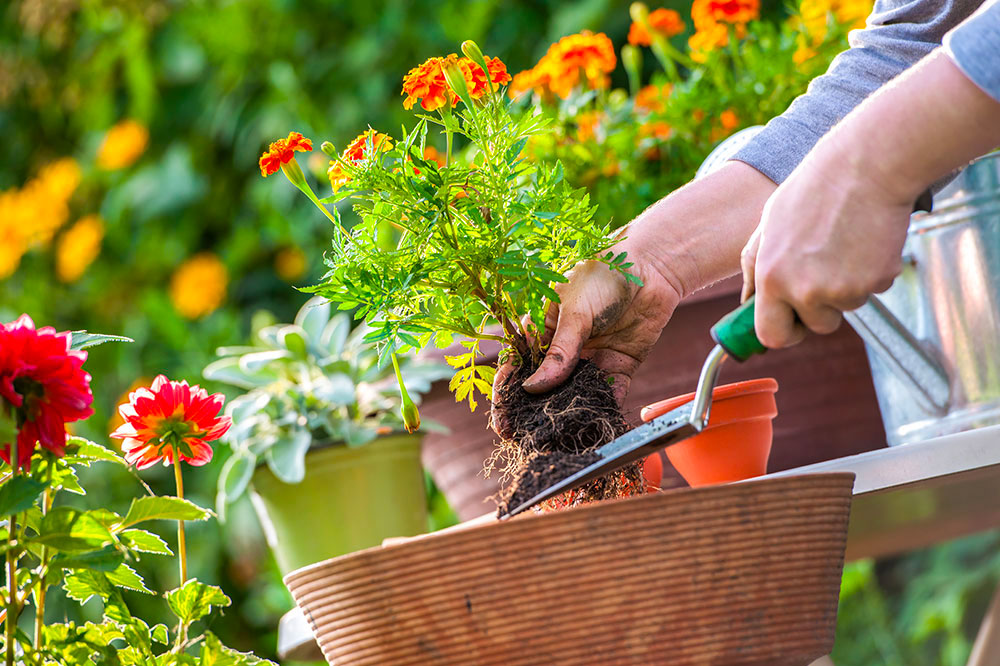6 common gardening mistakes to avoid for a lush garden

Gardening can bring many health benefits to individuals, from reducing stress to uplifting mood and energy levels. The activity can also be emotionally rewarding and allow one to stay connected with nature. But it is a skill that requires a few trials and errors before learning how to do it well. Beginners, particularly, may need to watch out for mistakes related to the plants, soil, fertilizers, or seasonal plantations that may harm their green patch.
Common gardening mistakes
Overwatering
At times, people may worry about drying out their plants and overwater them. This mistake causes the roots to get waterlogged, which may stop the oxygen cycle and rot them. The best way to avoid this is to water plants deeply, less frequently, and wait until the two inches of the topsoil is dry to the touch before watering again. One can use a moisture meter to check moisture level in the soil as well.
Underwatering
On the other hand, not watering enough can also be detrimental to one’s plants, especially to the new sprouts and transplants. Bigger trees and richer soil can hold water for a longer time, so a day or two of underwatering does not affect them as much. New sprouts, however, are weaker, and lack of water can make them wilt. So one should ensure that the plants are watered regularly, especially when the climate is hot and dry.
Planting too deeply
The process of planting seeds requires a basic understanding of their specific needs. For instance, certain seeds need to be planted at a deeper depth to ensure proper germination, while others require exposure to light. It’s important to avoid planting too deeply, as this can deprive plants of necessary nutrients and hinder their growth. When planting transplants, it’s best to keep them at the same depth as they were in their pot to avoid stem rot. However, tomatoes are one of the exceptions to this rule since they benefit from deeper planting to promote root growth. Since each plant has unique requirements, it’s best to research well before attempting to grow them.
Planting too close together
Saplings are tiny, so it’s easy to make the mistake of planting them too close to each other. This can, however, lead to overcrowding, poor circulation of air, and nutrient shortage. Some plants may grow faster, and other slow-growing ones may be starved of sunlight and water. So it’s important to keep a two to three feet distance between two plants so each one has enough room to grow to its full potential.
Using excessive nitrogen
Nitrogen is used as an essential nutrient that helps plants with chlorophyll production, but excessive use of it can lead to an overgrowth of foliage at the expense of fruit or flower production. This can reduce their overall health and yield. One should follow recommended guidelines to apply fertilizers to avoid overfeeding their garden.
Not removing weeds
Letting the weeds grow out can be a mistake. Weeds can produce thousands of seeds that compete with one’s desired plants for nutrients, water, and sunlight. They spread and grow rapidly and can starve the garden if they’re left unchecked. They may also detract from the garden’s look and make it appear unkempt. To avoid hampering one’s garden growth, one should take out the weeds regularly from their roots either by hand or with tools.
Gardening is a rewarding activity involving effort, care, and time. So avoiding these mistakes can ensure that one’s garden grows well and stays healthy, productive, and vibrant for a long time.